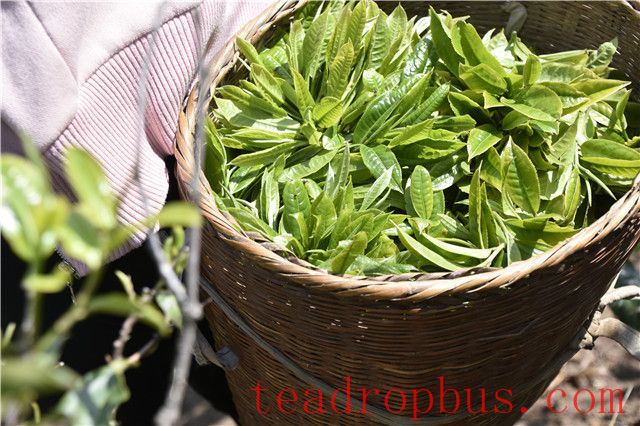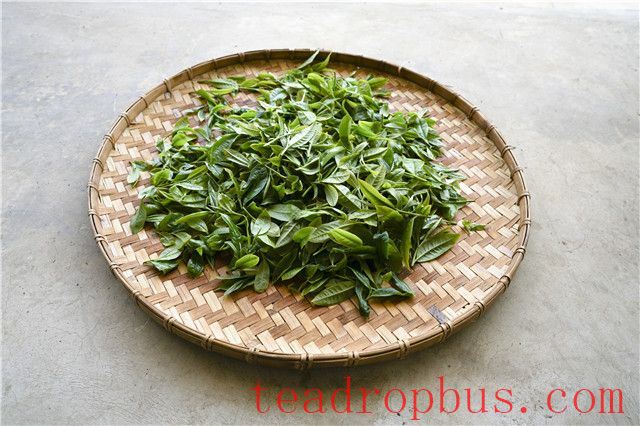The taste of Spring Tea is very fresh. The content of substances such as theanine and catechins in the Tea leaves is relatively high, thus giving it a fresh mouthfeel and a rich aroma. The sunlight in spring is relatively abundant, making the chlorophyll produced by the tea leaves more vibrant than that in autumn tea or other teas, resulting in a greener tea color. Spring tea contains a large amount of nutrients in new buds, such as Vitamin C, which gives it antioxidant and Health benefits, as well as weight-loss effects.

I. What is Pu'er Spring Tea?
Spring tea refers to tea picked and processed between the beginning of spring and the beginning of summer according to the 24 solar terms. Spring tea can be categorized into “first flush,” “second flush,” and “late spring tea.”
“First flush” is the first spring tea picked from the first sprout of the year; its buds and leaves are delicate and covered with fine white hairs, making it the best tea of the year.
“Second flush” is the spring tea picked after the second sprout; its quality is second only to the first flush but is still a rare good tea for the year.
“Late spring tea” is generally picked between the Grain Rain and the beginning of summer. After the two previous pickings, the buds tend to be smaller at this time, and the color becomes darker after the rain, but the internal quality is still quite good.

II. What Are the Main Characteristics of Pu'er Spring Tea?
Since the main growth of the tea plant in winter occurs in the roots, and amino acids are synthesized in the roots before being transported to the tips.
After the winter dormancy, the tea plant stores many nutrients internally. The weak sunlight and slow growth rate of the tea plant during winter and spring contribute significantly to the formation of certain aromatic substances in the tea.
Therefore, spring tea has the advantages of glossy color, rich fragrance, thick and sweet taste, and soft, thick leaves. Additionally, spring tea is usually stout and heavy, with a lot of downy hair, fine leaf veins, and indistinct serrations on the leaf edges.
A taste of spring freshness is attributed to the higher levels of amino acids in spring tea compared to autumn tea. As an important component of amino acids, theanine plays a crucial role in enhancing the flavor.

Due to the relatively large temperature difference between day and night in spring, the decomposition rate of amino acids is significantly lower than the production rate, leading to the accumulation of amino acids at the highest level throughout the year—this explains why spring tea tastes fresher.
In addition, the contents of polyphenols and Caffeine in spring tea are generally higher than those in autumn tea. Therefore, it is generally believed that after the accumulation during winter, spring tea bursts forth with rich nutrients. On the other hand, having gone through the winter dormant period and spring growth, there is no need to worry about pest damage, and the possibility of pesticide residues is greatly reduced.